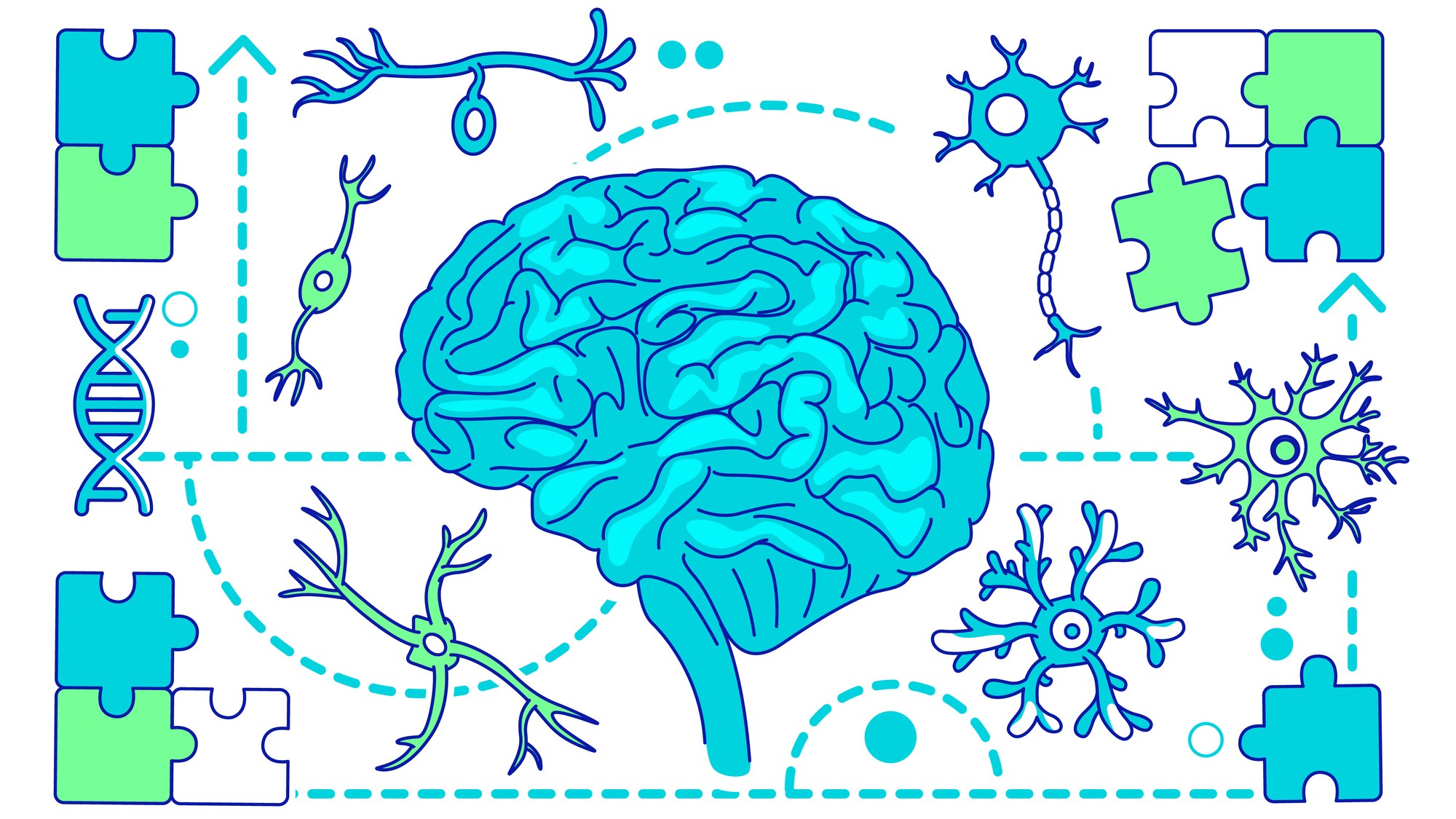Research published in the journal Molecular Biology and Evolution suggests that human evolution may play a significant role in the rising rates of Autism Spectrum Disorder (ASD). The study indicates that rapid neuronal evolution in humans is likely a genetic factor contributing to ASD’s prevalence. While autism can lead to various developmental challenges, the evolutionary changes in genes may have also fostered the complex cognitive abilities seen in humans today.
Genetic Evolution and Autism
The findings highlight that the “exceptionally high prevalence” of autism in humans could be a “direct result of natural selection.” According to the study, the most common type of outer-layer brain neurons, known as L2/3 IT neurons, evolved much faster in the human lineage when compared to other apes. This rapid evolution coincided with significant changes in genes associated with autism, likely influenced by natural selection factors distinctive to humans.
Notably, these genomic elements have remained “relatively stable throughout the rest of mammalian history,” as reported by Newsweek. Experts agree that neurological conditions, including autism and schizophrenia, are likely unique to humans. It is “very rare to find behaviors associated with the disorders in non-human primates,” according to Neuroscience News. Behaviors linked to these conditions typically involve cognitive traits, such as speech production and comprehension, that are either unique to or significantly more developed in humans.
The evolution of autism is not attributed to a single mutation but rather to numerous small genetic changes that collectively influence the wiring of human brains. This suggests that natural selection may have favored these changes, despite potential trade-offs.
Understanding the Implications
According to the Centers for Disease Control and Prevention (CDC), approximately one in every 31 children is diagnosed with autism. Genetic factors are believed to be the largest contributors to ASD, with several genes identified as playing a role. Many of these genes are linked to developmental delays, raising questions about why evolution would favor such a path.
Although the precise reasons for these evolutionary changes remain unclear, researchers propose various theories. One possibility is that the evolution of autism-related genes may have slowed early brain development or expanded language capacity. This extended developmental period could provide an evolutionary advantage by enhancing reasoning skills during childhood.
Alexander L. Starr, the lead author of the study, noted, “Some of the same genetic changes that make the human brain unique also made humans more neurodiverse.” This perspective highlights the complexity of autism as part of the broader spectrum of human cognitive diversity.
In addition to genetic factors, researchers continue to investigate various environmental influences that may increase the risk of autism. These include potential effects from infections, medications, complications during pregnancy, and air pollutants. While some have suggested a link between vaccines and autism, extensive research consistently shows no connection between the two, as emphasized by the Mayo Clinic.
The interplay between genetics and environmental factors continues to be a crucial area of study as scientists seek to understand the complexities of autism and its implications for human development.








































































